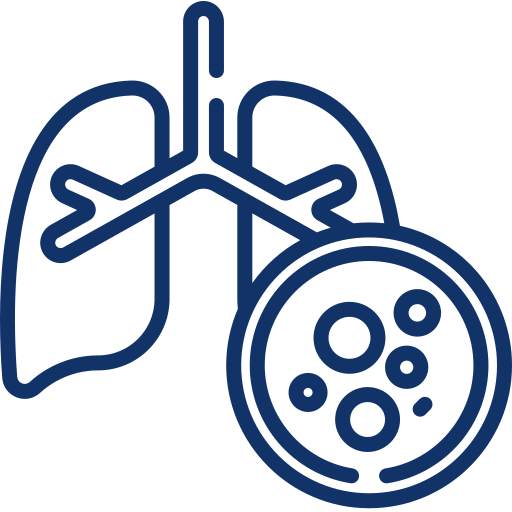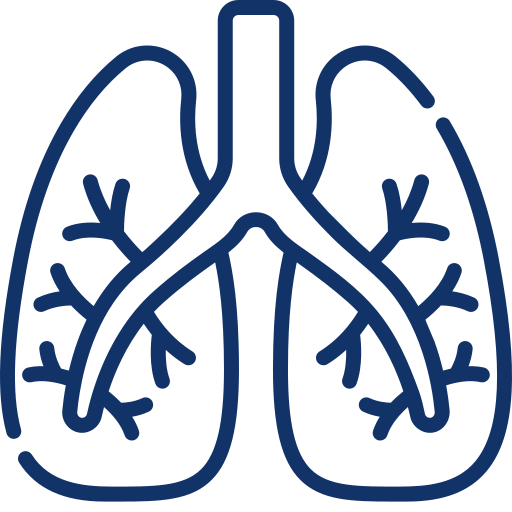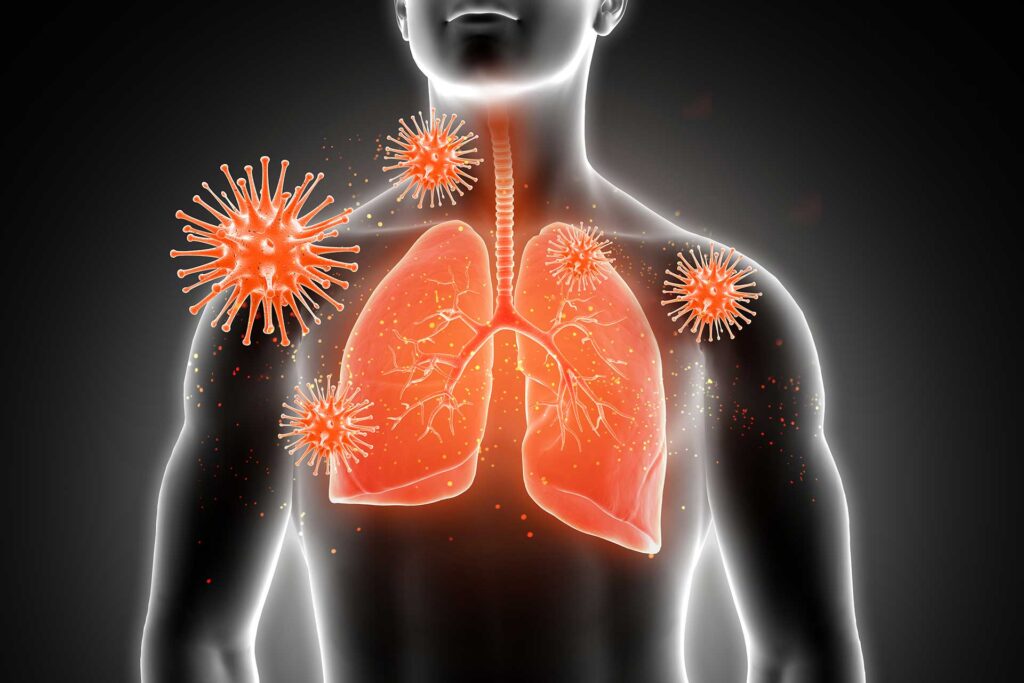Asbestos Related Diseases
Asbestos-related diseases generally affect the lungs and are caused by exposure to asbestos.
People who have worked in occupations with a high risk of exposure to asbestos dust are at the highest risk of developing asbestos-related diseases.
However, a person could also be exposed to asbestos in their domestic life, for example, if a family member brought asbestos dust into their home on work clothes.
There Are a Number of Conditions That Can be
Caused by Exposure to Asbestos

Asbestosis
Asbestosis is a lung disease that currently has no cure. Characterized by a diffuse pulmonary fibrosis, more commonly known as a scarring of the lung tissues, it is caused by the inhalation of excessive amounts of asbestos fibers.

Mesothelioma
Mesothelioma is a very aggressive, treatment resistant cancerous tumour that affects the lining that covers the outer surface of most of the body’s organs. The most common form is pleural mesothelioma, this affects the pleura of the lung

Pleural Thickening
Pleural thickening is the thickening, calcification or scarring of the pleura (linings of the lung). This mainly affects the inner surface of the lungs. The disease can stop the lungs from expanding properly and this causes breathlessness.

Lung Cancer
Lung cancer develops when lung tissue cells become abnormal and grow out of control. Over time they form a clump known as a tumour. There are many causes of lung cancer and asbestos is one of them.

Pleural Plaques
Pleural plaques are areas of scar tissue on the thin membrane surrounding the lungs, also known as the pleura. This is the most common type of benign (non-cancerous) pleural disease as the common.

Pleural Effusion
A pleural effusion is when fluid builds up in the pleural cavity, this is the space between the tissue lining the outer surface of the lungs and the inside of the rib cage. It can cause breathlessness and chest pain.


